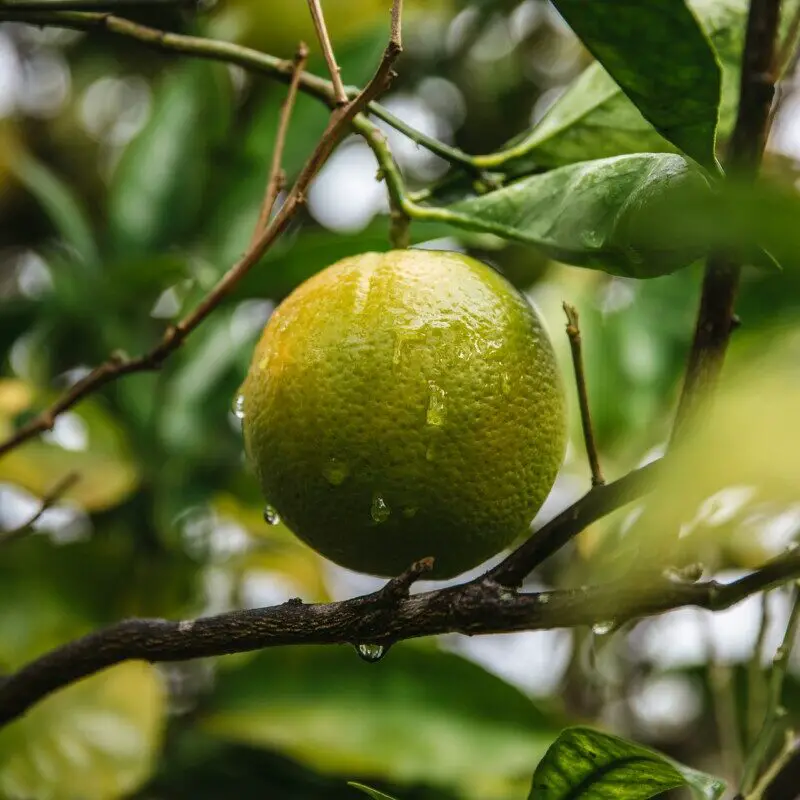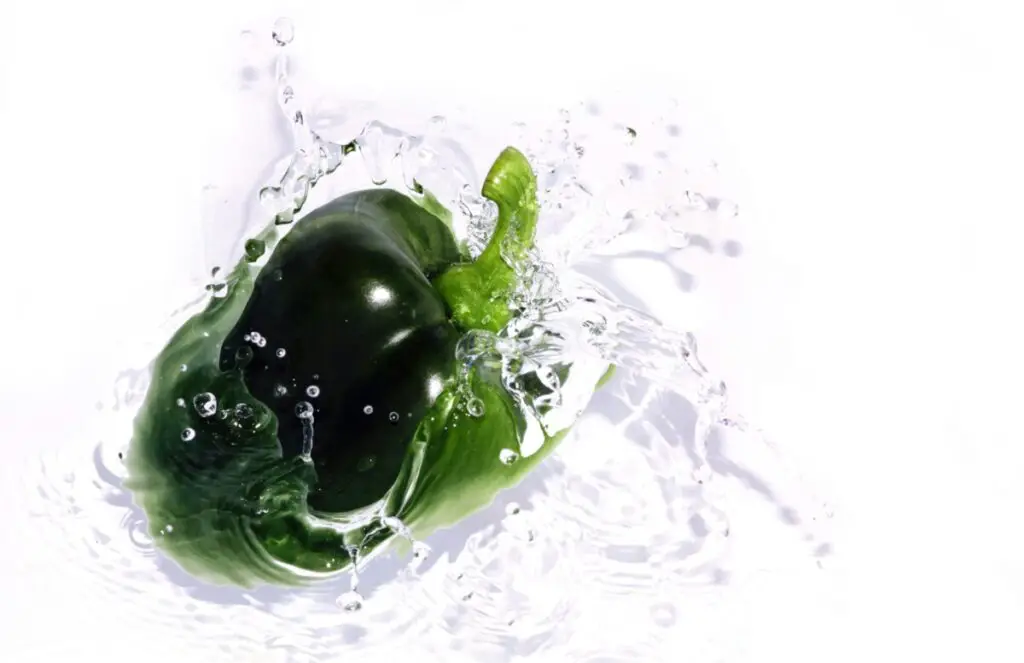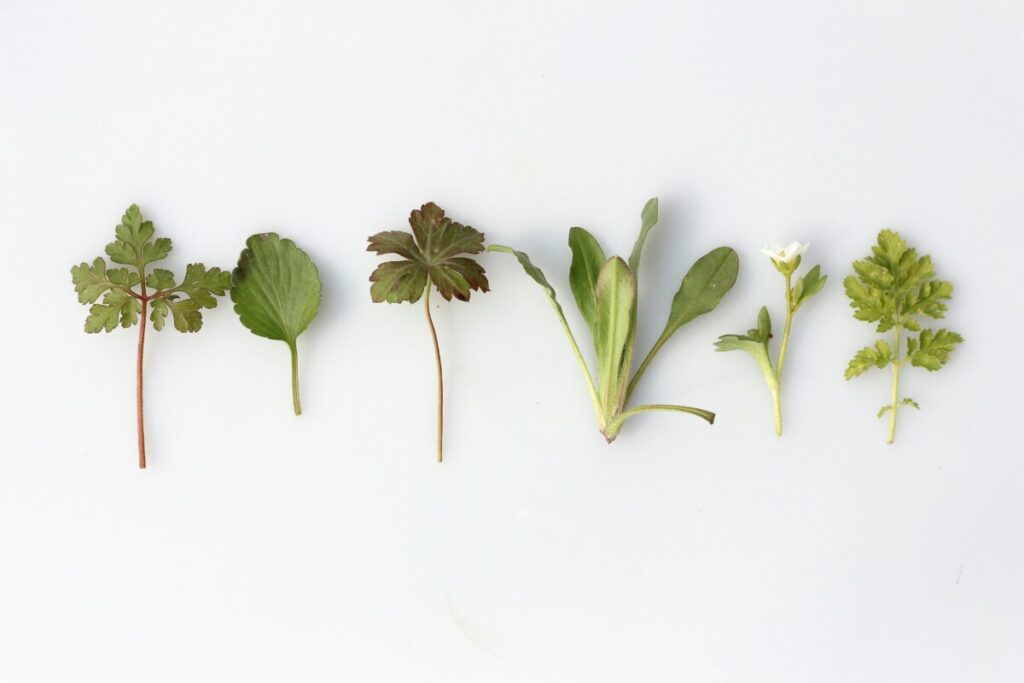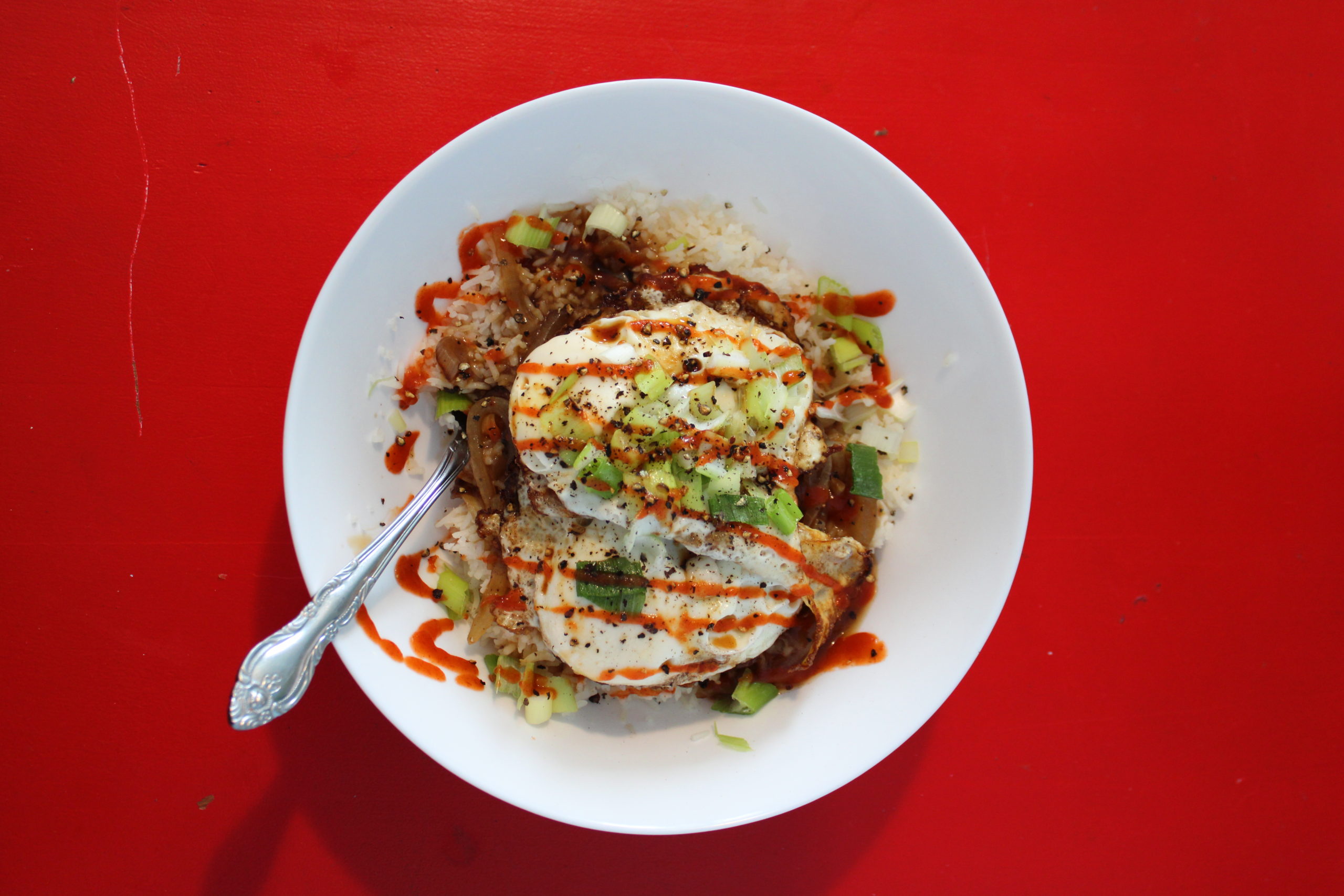
When it comes to cooking chicken, achieving juicy, flavorful results can sometimes feel like a daunting task. We’ve all experienced dry, bland chicken at one point or another, leaving us longing for that succulent bite we crave. Brining is a culinary technique that can transform your poultry game and elevate your dishes to new heights.
What is Brining?
At its core, brining is a simple process involving soaking meat in a solution of salt, sugar, and water before cooking. This technique helps the meat retain moisture, resulting in juicier and more tender final product. The salt in the brine not only seasons the meat but also alters its protein structure, allowing it to hold onto more water during cooking.
Why Brine Chicken?
Chicken, particularly the leaner cuts like breasts and wings, tends to dry out quickly during cooking. This is where brining comes to the rescue. By immersing chicken in a brine solution, you’re essentially preemptively hydrating the meat, ensuring that it remains juicy and flavorful throughout the cooking process.

The Benefits of Brining Chicken:
- Moisture Retention: Brining helps chicken retain moisture, preventing it from drying out during cooking. This means you’ll end up with tender, succulent meat every time.
- Enhanced Flavor: The salt and sugar in the brine penetrate the chicken, infusing it with flavor from within. This results in chicken that’s not only moist but also well-seasoned throughout.
- Tenderness: Brining can help break down muscle fibers in the chicken, resulting in a more tender texture. This is especially beneficial for tougher cuts or when using older birds.
- Versatility: Brining is incredibly versatile and can be adapted to suit your tastes. Experiment with different brine ingredients such as herbs, spices, and aromatics to customize the flavor profile of your chicken.
- Improved Cooking Tolerance: Brined chicken has a higher tolerance to heat, meaning it’s less likely to overcook or dry out if you accidentally leave it on the grill or in the oven for a few minutes longer than intended.
Brining techniques have been employed around the world for centuries, each culture infusing its own unique flavors and ingredients into the process. From Asia to Europe, Africa to the Americas, let’s explore some of the diverse brining methods that have stood the test of time:
1. Asian Brining:
Japanese Shio Koji: In Japan, a traditional brining technique involves using shio koji, a fermented mixture of rice koji (a type of mold), salt, and water. This mixture not only adds saltiness but also imparts a deep umami flavor to the meat, fish, or vegetables being brined. Shio koji is often used to marinate meats like chicken and pork before grilling or frying.
2. European Brining:
German Sauerkraut Brine: In Germany, sauerkraut brine is a popular choice for brining meats like pork chops and sausages. Sauerkraut, which is fermented cabbage, is rich in lactic acid bacteria, which act as a natural preservative and tenderizer. The brine infuses the meat with tangy, slightly sour notes, adding complexity to the final dish.
Polish Pickle Brine: In Poland, pickle brine, also known as “zalewajka,” is used to brine various meats, particularly poultry and pork. This brine is made by combining water, salt, vinegar, and spices with leftover pickle juice from fermented cucumbers. The acidity of the pickle juice tenderizes the meat while adding a distinctive sour flavor.
3. African Brining:
North African Preserved Lemon Brine: In North Africa, preserved lemons are a staple ingredient in many dishes, including brines. Preserved lemon brine is made by soaking lemons in salt and their own juices for several weeks, resulting in a tangy, salty liquid that adds brightness to meats, poultry, and vegetables. This brine is commonly used in Moroccan tagines and stews.
4. American Brining:
Southern Buttermilk Brine: In the southern United States, buttermilk brine is a beloved technique for tenderizing and flavoring chicken before frying. Buttermilk, seasoned with salt, pepper, and spices, helps break down the proteins in the chicken, resulting in incredibly tender and juicy fried chicken with a tangy, slightly acidic flavor.
Latin American Adobo Brine: Throughout Latin America, adobo brine is a versatile seasoning paste used to marinate meats, poultry, and seafood. Made from a combination of dried chilies, spices, vinegar, and citrus juice, adobo brine adds depth of flavor and a subtle heat to dishes. Meats are typically marinated in adobo brine for several hours or overnight before grilling or roasting.
5. Oceanic Brining:
Hawaiian Poke Brine: In Hawaii, poke brine is used to marinate raw fish, typically ahi tuna or salmon, for the popular dish known as poke. The brine, made from a combination of soy sauce, sesame oil, seaweed, and other seasonings, infuses the fish with savory umami flavors while lightly curing it.








Now that we’ve covered the why, let’s delve into the how with a delicious Poblano Marinade recipe that’s perfect for brined chicken.
Poblano Lime Marinade
Ingredients
- – 2 poblano peppers roasted, peeled, and seeded
- – 3 cloves garlic
- – 1/4 cup fresh cilantro leaves
- – Juice of 2 limes
- – 1/4 cup olive oil
- – Salt and pepper to taste
Instructions
- Roast the poblano peppers over an open flame or under the broiler until the skin is charred and blistered. Place the roasted peppers in a bowl and cover with plastic wrap for 10 minutes to steam. Once cooled, peel off the skin, remove the seeds, and roughly chop the flesh.
- In a blender or food processor, combine the roasted poblano peppers, garlic, cilantro, lime juice, and olive oil. Blend until smooth. Season with salt and pepper to taste.
- Place your brined chicken pieces in a resealable plastic bag or shallow dish. Pour the poblano marinade over the chicken, ensuring it's evenly coated. Seal the bag or cover the dish and refrigerate for at least 2 hours, or preferably overnight, to allow the flavors to meld.
- Remove the chicken from the marinade and discard any excess. Grill, roast, or pan-sear the chicken until cooked through, reaching an internal temperature of 165°F (74°C).
- Once cooked, let the chicken rest for a few minutes before slicing or serving. Garnish with additional fresh cilantro and lime wedges if desired. Enjoy!
Conclusion:
Brining is a game-changer when it comes to cooking chicken, offering a simple yet effective way to ensure your poultry turns out tender, juicy, and bursting with flavor. Whether you’re grilling, roasting, or frying, incorporating a brining step into your cooking routine can take your chicken dishes to the next level, leaving your taste buds singing with delight. So next time you’re prepping chicken for dinner, don’t forget to give it a soak in a flavorful brine – your taste buds will thank you!
- Comparing Freeze-Dried Food Brands: Why Mountain House Stands Out
- The Medicinal Magic of Mushrooms and the Beauty of Foraging
- Elevate Your Culinary Experience with Sautéed Shiitake Mushrooms with Star Anise and Orange Zest
- The Traditional Touch: Soaking, Sprouting, and Fermenting for Better Health
- Kids Mastering International Cuisine Online Course















